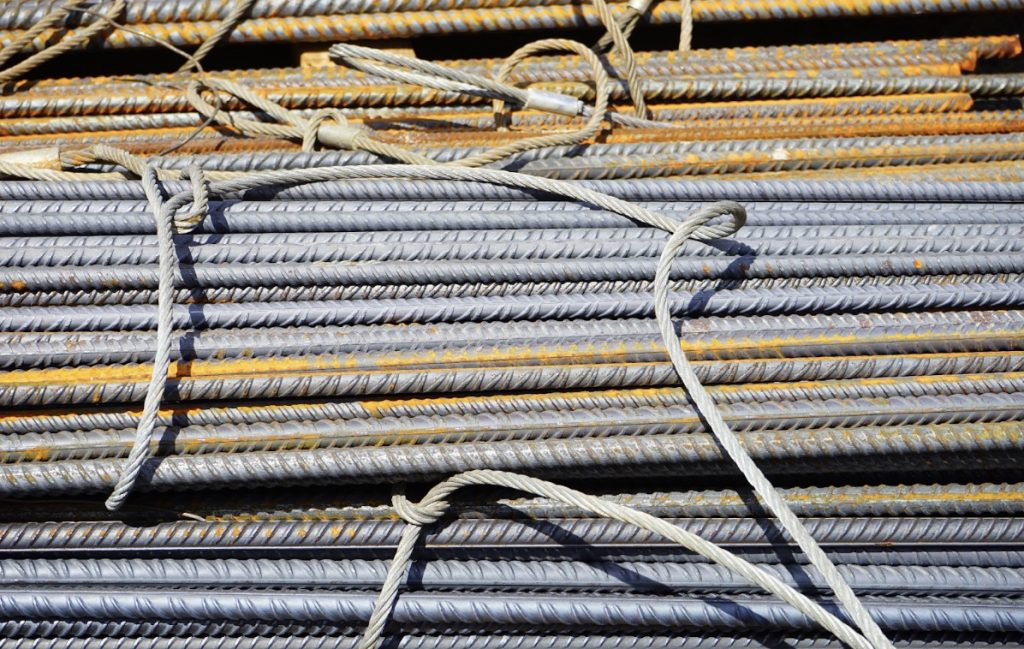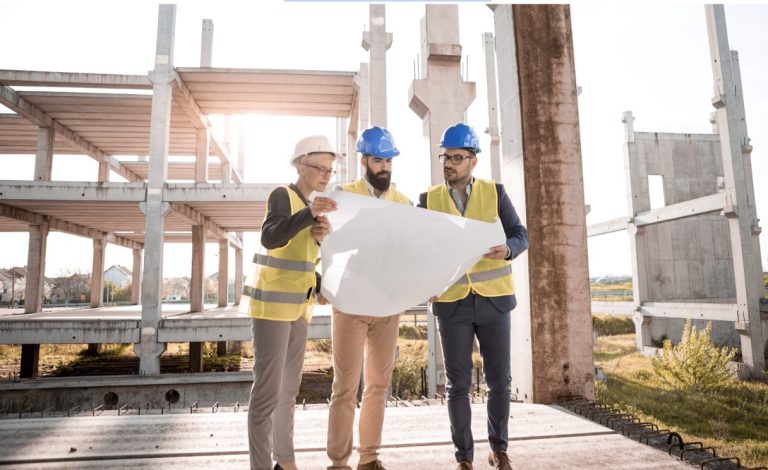In the world of construction, the choice of materials can make or break a project. One material that has stood the test of time—both literally and figuratively—is steel. Steel columns are increasingly becoming the backbone of modern architecture, and their popularity continues to soar. But what makes steel columns such a sought-after choice in construction? In this blog, we’ll explore the unique properties and advantages of steel columns, their evolution, applications, and the considerations that come into play when using them.
The Backbone of Modern Architecture
Steel columns have become synonymous with modern construction. Known for their strength, versatility, and durability, they form the skeletal framework of a wide range of structures. Moreover, you can easily learn the different roles they play in construction if you read more about it online. Whether it’s a towering skyscraper piercing the skyline or a solid bridge spanning a river, steel columns are often the unsung heroes keeping these marvels standing tall.
Strength and Durability
One of the primary reasons steel columns are favored in construction is their unparalleled strength and durability. Steel is incredibly strong, offering high tensile strength, which means it can withstand significant stress without breaking. This makes it ideal for supporting heavy loads and resisting impacts, ensuring the structural integrity of buildings under various conditions.
Additionally, steel does not corrode as easily as other materials, especially when treated with protective coatings. This means that structures built with steel columns can last for decades, if not centuries, with minimal maintenance.
Cost-Effectiveness
Contrary to popular belief, steel columns can be a cost-effective choice for construction projects. While the initial cost of steel may be higher than some other materials, its long-term benefits far outweigh the upfront investment. Steel’s durability reduces the need for frequent repairs or replacements, translating into lower maintenance costs over time.
Furthermore, steel’s high strength-to-weight ratio means less material is required to achieve the same structural support, reducing material costs and making transportation easier and cheaper.
Sustainability and Recyclability
In an era where sustainability is more important than ever, steel stands out as an environmentally friendly option. Steel is 100% recyclable, meaning that old steel columns can be melted down and reused without losing any of their properties. This reduces the demand for new raw materials and minimizes waste, making steel a key player in sustainable construction practices.
Design Flexibility
Another compelling advantage of steel columns is their design flexibility. Steel can be molded, cut, and shaped into a wide variety of forms, allowing architects and engineers to push the boundaries of creativity. This flexibility enables the construction of complex and innovative structures that would be challenging to achieve with other materials.
The Evolution of Steel Columns in Construction
Steel columns have a rich history in construction, evolving significantly over the years. Understanding this evolution helps appreciate the technological advancements that have made modern steel columns as reliable and efficient as they are today.
Historical Perspective
The use of steel in construction dates back to the Industrial Revolution, a period characterized by rapid advancements in technology and engineering. The introduction of the Bessemer process in the mid-19th century allowed for the mass production of steel, which revolutionized the construction industry. Early adopters quickly realized steel’s potential, and it became a staple in the construction of bridges, railways, and buildings.
Technological Advancements
Over the years, technological advancements have further enhanced the properties and applications of steel columns. Modern manufacturing techniques, such as hot rolling and cold forming, have improved the quality and consistency of steel products. Additionally, advancements in welding and fastening methods have made it easier and faster to assemble steel structures, reducing construction times and costs.
Innovations in coatings and treatments have also significantly enhanced steel’s resistance to corrosion and fire, making it even more durable and reliable.
Considerations and Challenges
While steel columns offer numerous advantages, there are also several considerations and challenges to keep in mind when using them in construction projects.
Environmental Factors
One of the primary concerns with steel is its susceptibility to corrosion, especially in environments with high humidity or salt exposure. Protective coatings and treatments can mitigate this issue, but it’s essential to factor in the cost and maintenance requirements of these treatments when planning a project.
Fire Resistance
While steel is non-combustible and does not contribute to the spread of fire, it can lose strength at high temperatures. Fireproofing measures, such as applying intumescent coatings or encasing steel columns in fire-resistant materials, are necessary to ensure the structural integrity of steel buildings in the event of a fire.
Maintenance
Although steel columns are durable, they require periodic inspection and maintenance to ensure their longevity. This includes checking for signs of corrosion, inspecting welds and connections, and reapplying protective coatings as needed. Proper maintenance is crucial to prevent potential issues and extend the lifespan of steel structures.

In the end, steel columns are a popular choice for construction due to their numerous advantages, including strength, durability, cost-effectiveness, sustainability, and design flexibility. By staying informed about the latest advancements and best practices in steel column construction, professionals can continue to build safe, efficient, and innovative structures for the future.
Whether you’re an architect, engineer, or construction manager, understanding the benefits and challenges of steel columns can help you make better decisions and create structures that stand the test of time.


0 Comments